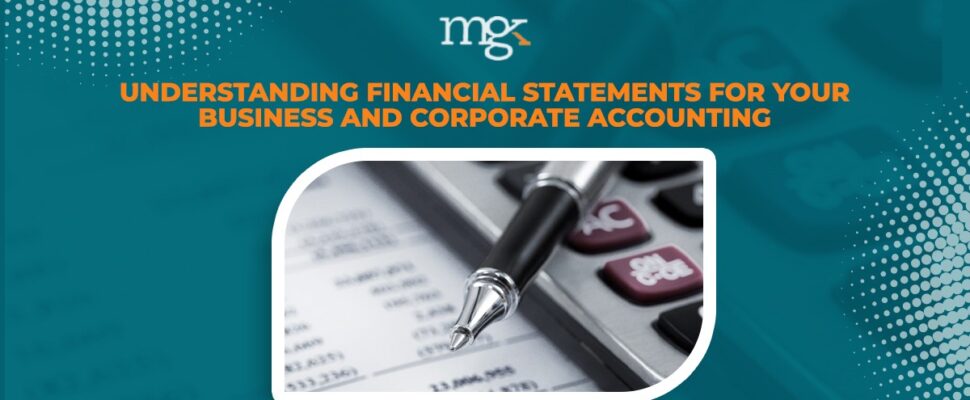In a nutshell, Financial statements are reports that demonstrate the financial performance and status of an Organisation for a given period of time. Major components of financial statements are:
- The Income statement/ statement of comprehensive income: Primarily focuses on the revenue or income against the expenditure incurred and the resulting profit or surplus for a particular period.
- The balance sheet / statement of financial position: Basically demonstrates the assets of the organisation and how the same have been financed either through equity, borrowings and other sources of finance.
- The cash inflow statement: Measures how well a company generates cash to fund it operations, pay its debt obligation and related costs, and fund investments.
- Notes: Often ignored by many, the notes provide an important breakdown or makeup of numbers reflected in the income statement and balance sheet. The notes may also contain non-financial information that should be correlated with the numbers reported.
Some Tips on understanding financial statements
In many meetings where financial statements are presented, you can sense a certain level of decreased enthusiasm or energy in the room and sometimes the lack of critical questions that should be asked.
Could be it lack of interest or lack of the required understanding? The jury is out there:
Some tips (among many) that can help users of financial statements understand and work well with the numbers includes:
-
Ratio analysis
If you are not doing this, I advise that you start. Start simple with the key ratios that are important to your organization. Major classes of ratios include the following:
- Profitability ratios
- Liquidity ratios
- Solvency ratios
- Efficiency ratios
We shall talk more about ratios in our next articles but some of the interesting facts and questions that one is can extract from ratio analysis includes:
- What is your ability to settle your current liabilities (short terms obligations) from your current assets? How does that compare to industry standard, best practice and your strategy?
- How much is your organisation funding it operations via borrowings? How has this changed over time? Are you financing long term assets with short term credit? How does this impact your business?
- On average, how many days are you taking to receive payments from your customers and how does that compare to the days you are taking to pay your suppliers? What is the impact of this on your interest expense and working capital needs? Do you need to renegotiate the terms?
- What is your optimal stock levels and how does that compare to your actual stocks held? What is the impact to your business?
- How well do you use your assets and also your liabilities in revenue and profit generation and maximization?
- What is your solvency level? Is this within your acceptable limits ?
-
Analytical review
The old adage that numbers do not lie still holds true. Every action has a reaction and if not, something may be cooking. This is the foundation of double entry in bookkeeping. Do the actions or changes in a certain account or class of accounts reflect some changes in the another?
If properly done, analytical review is a key tool in detecting errors and also fraud. It also gives management critical information on areas that the organisation is doing well and areas that are pulling the organisation back.
With today’s accounting systems and ERP, you are able to extract comparative numbers for both the income statement and balance sheet over periods of time. Check the movement of the key accounts. You can also do this with the end of year financial statements. Of course, the postings should have been done correctly in the first place (the need for periodical review of the financial statements)
-
Relating the numbers to matters of facts
Last but not least, the numbers presented to you should also be a reflection of the facts that are on the ground. The work is to the relate the financial information with the non-financial information on the ground.
If inventory levels have increased, this should be reflected and confirmed against the inventory listing and also the actual physical inventory. Same case to payable and receivables. They should be correlated to their respective ageing lists.
For reported projects expenditure, the same should be a reflection of the factual report and also of what happened in the ground.
Is it increased staff costs? Then this should be explained by either an increase in headcount (pls check the notes) or an increase in remuneration or an increase in bonus. The bonus should also be a reflection of something that achieved
Conclusion
In conclusion, the importance of understanding your monthly, periodical and end of year financial statements cannot be overemphasized. This reports, if well understood and questioned, contain useful information that is very useful in aiding stakeholders in decision making and also in planning ahead.


Share this: